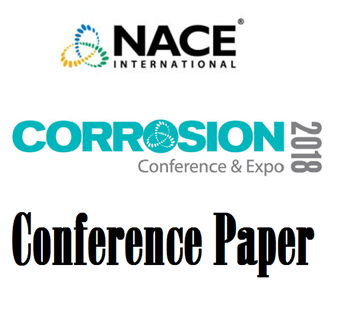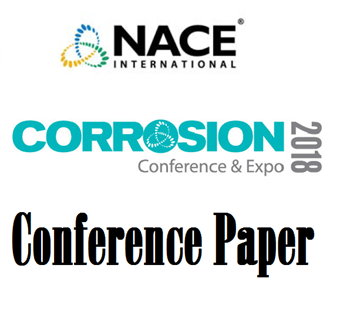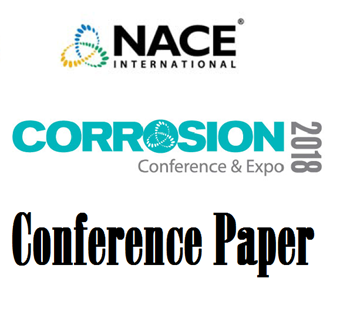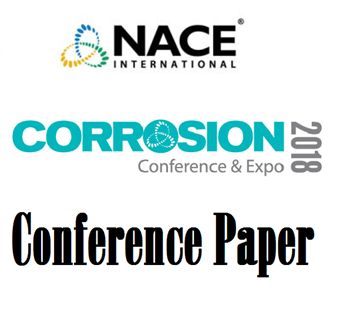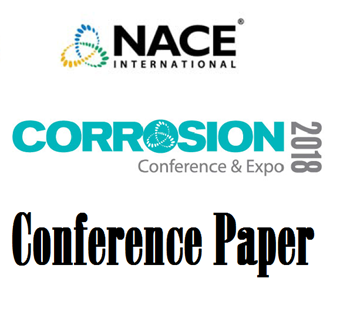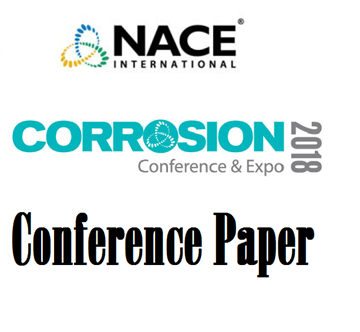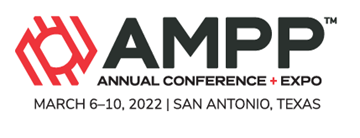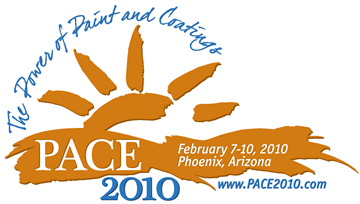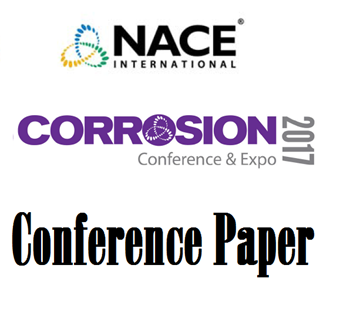Search
Products tagged with 'chloride'
View as
Sort by
Display
per page
51318-10816-Development of a testing method for crevice corrosion repassivation of Ni-Cr-Mo alloys by cooling
Product Number:
51318-10816-SG
Publication Date:
2018
$20.00
51318-10979-Pitting corrosion of steam generator tubing alloys in chloride solutions with thiosulfate additions
Product Number:
51318-10979-SG
Publication Date:
2018
$20.00
51318-11167-Corrosion propagation of rebar embedded in low w/c binary concrete blends exposed to seawater
Product Number:
51318-11167-SG
Publication Date:
2018
$20.00
51318-11273-Repassivation behavior of lean duplex stainless steels in chloride and thiosulfate environments
Product Number:
51318-11273-SG
Publication Date:
2018
$20.00
51318-11311-Effect of n-hexane chloride and acetic acid on the stress corrosion cracking of API 5L X70 steel in ethanol fuel
Product Number:
51318-11311-SG
Publication Date:
2018
$20.00
51318-11312-Stainless steel rebar for marine environment: a study of galvanic corrosion with carbon steel rebar used in the same concrete structure
Product Number:
51318-11312-SG
Publication Date:
2018
$20.00
51318-11338-Weathering Steel Corrosion Study at 30 sites in South Florida
Product Number:
51318-11338-SG
Publication Date:
2018
$20.00
Air Cooler Plug Gaskets Leakage During Startup
Product Number:
51320-15197-SG
Publication Date:
2020
$20.00
Basics of Corrosion in Reinforced Concrete
Product Number:
41215-897-SG
Publication Date:
2015
$20.00
Burlington Skyway Electrochemical Chloride Extraction – 30 Years Later
Product Number:
51322-17664-SG
Publication Date:
2022
$20.00
Chloride Removal: Using ‘Recyclable Encapsulated Abrasive Media
Product Number:
41210-554-SG
Publication Date:
2010
$20.00
Crevice Crrosion of Copper as an Engineering Barrier of High-level Radioactive Waste Containers
Product Number:
51317--9162-SG
ISBN:
9162 2017 CP
Publication Date:
2017
$20.00

